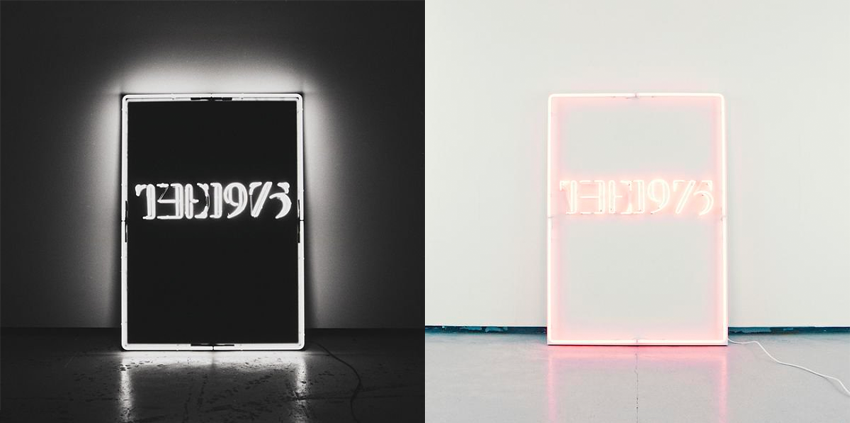These past few days, I have begun storyboarding and brainstorming the timeline, types of shots, and dialogue I want for the opening. What I am still missing, however, is something that helps establish the cautionary tone that's very distinctive to sci-fi dystopias. My issue is that I want to do it right, and I don't think I have enough background yet to help me develop that tone in the beginning.
 |
| Infographic showing how color affects mood |
Action FX defines tone as:
"a dynamic, intangible undercurrent that propels the audience's immersion in a world of illusion, sweeping them away into an ocean of movie magic."
One of the main factors in creating a mood or tone of a film is lighting and color. Here, Studio Binder created a "cheat sheet" showing what each major color means, or how it affects the shot. For my opening scene, according to this infographic, I would want to focus on cooler tones, like green and blue, to establish a melancholy, isolationist, and dangerous tone. No Film School corroborates that idea by explaining that muted and washed-out colors would portray feelings of depression, another aspect I would want to take advantage of. Lighting also comes into play with this aspect, when it comes to shadows and highlights that correspond with the colors. High contrast lighting is more typical for horror and drama films, adding dynamic to the setting and characters. Even though this film does not fall into horror or drama specifically, aspects like this high contrast lighting can be incorporated to give similar effects of suspense, caution, or extreme emotion.
Another major factor is music. In an interview with David Gordon Green, Fast Company highlights the importance of music, that can intensify or contrast with the scene, when creating a specific tone. Incorporating aspects that contradict the overall scene, like upbeat music in a depressing scene, can add to the intrigue of the scene, especially in suspenseful scenes leading up to a major turning point, but it is not always the right choice. For my film opening, I think using music that will amplify the tone rather than contradict it will help the theme be more clear and will work well with all of the other aspects. However, this may change depending on what I see most fit during editing or filming.






















